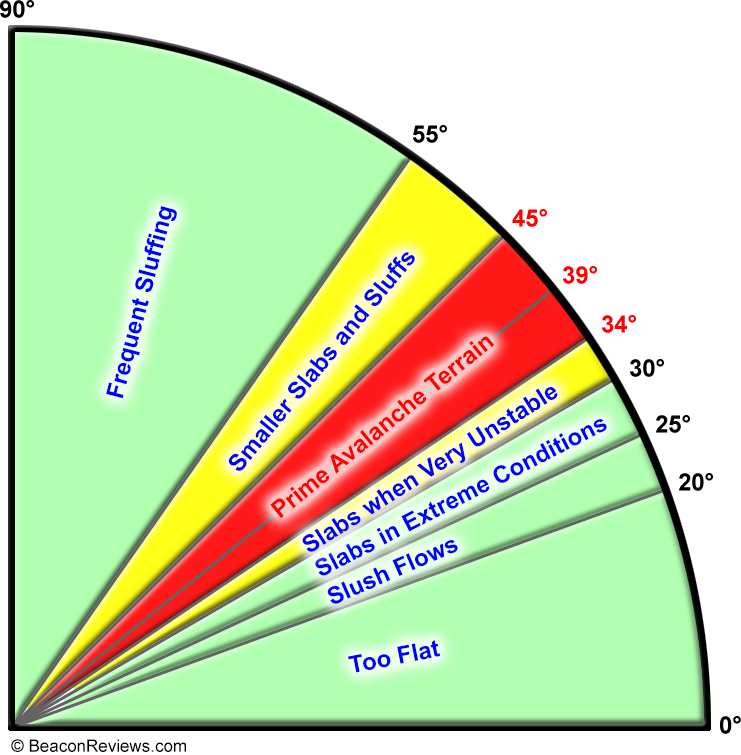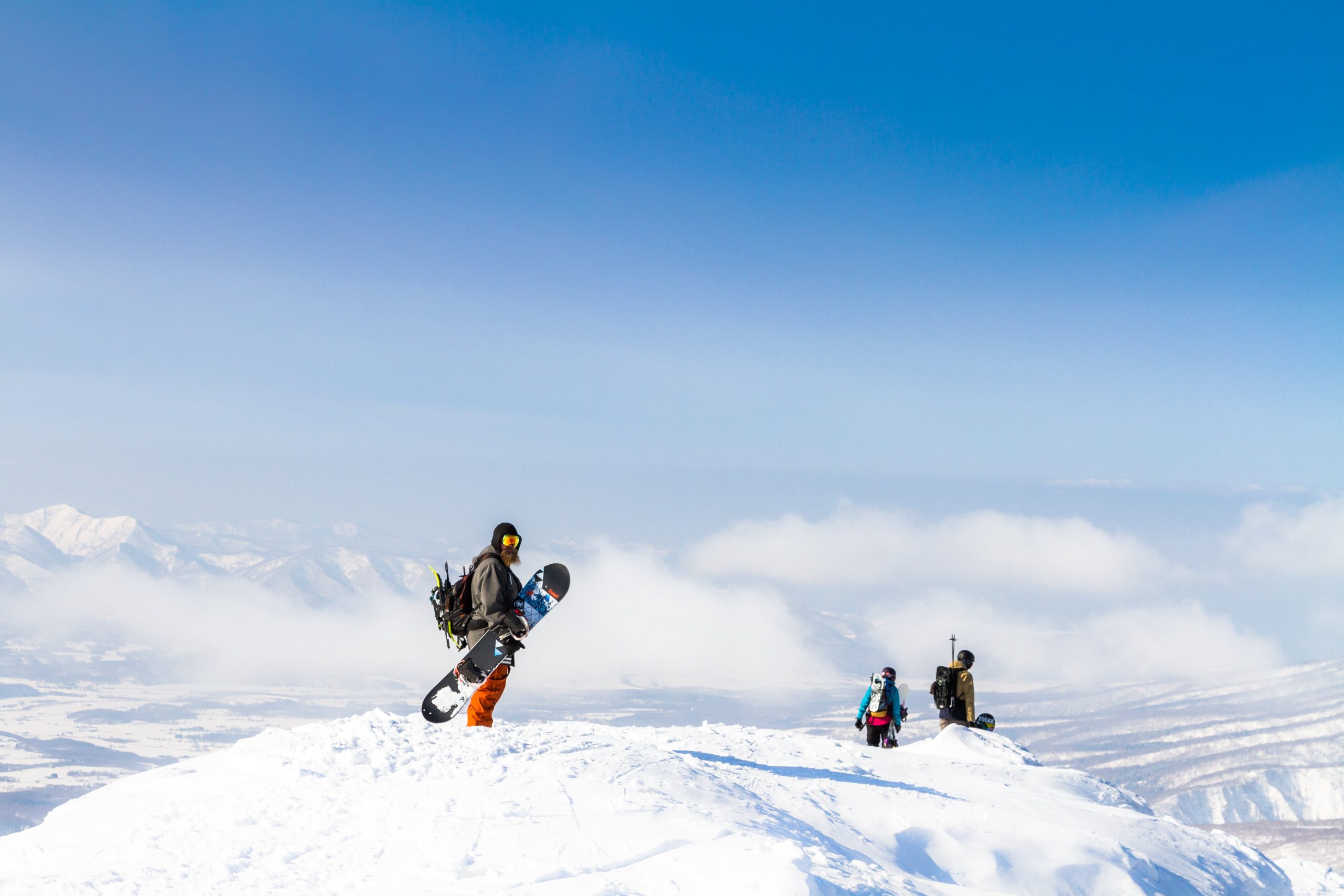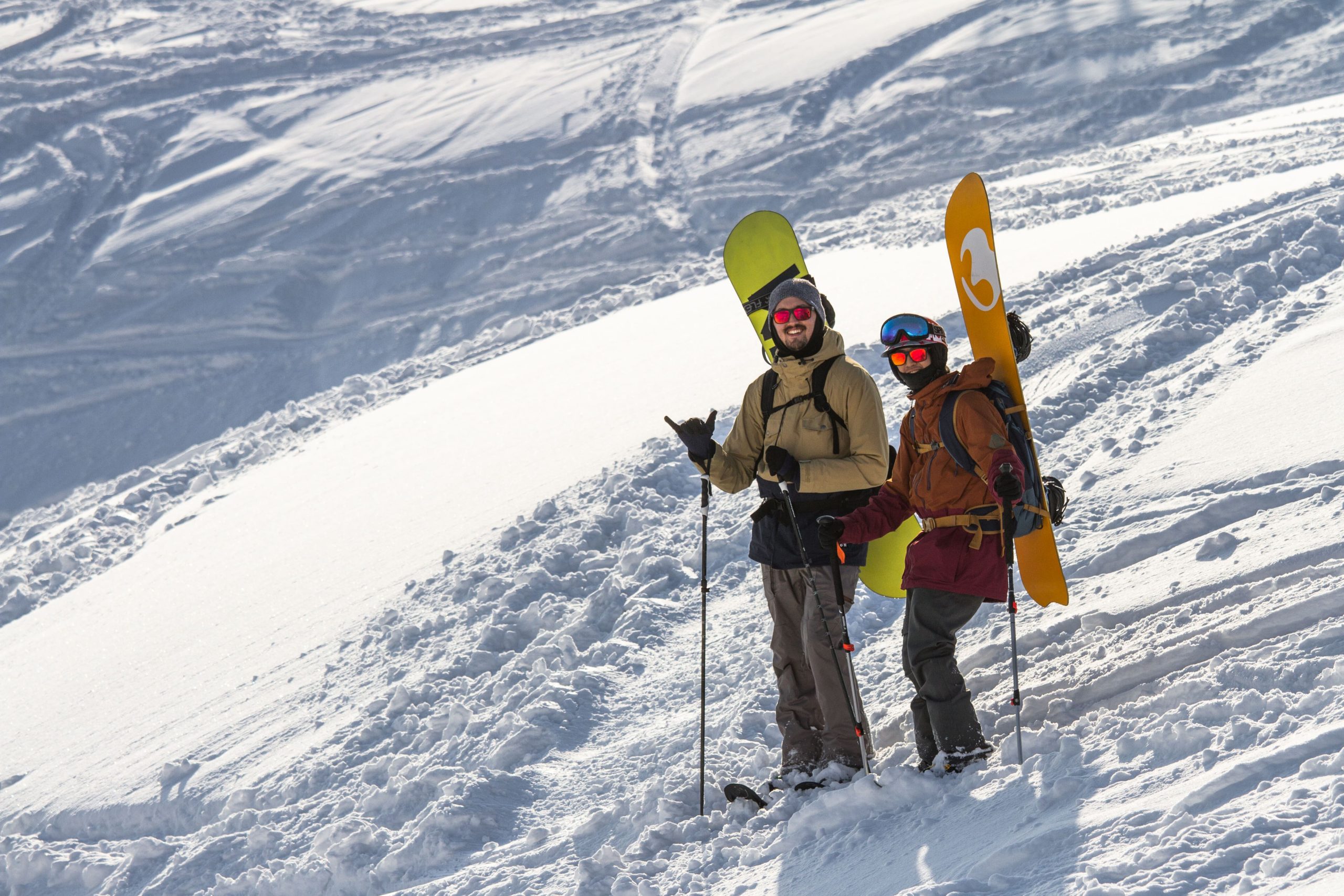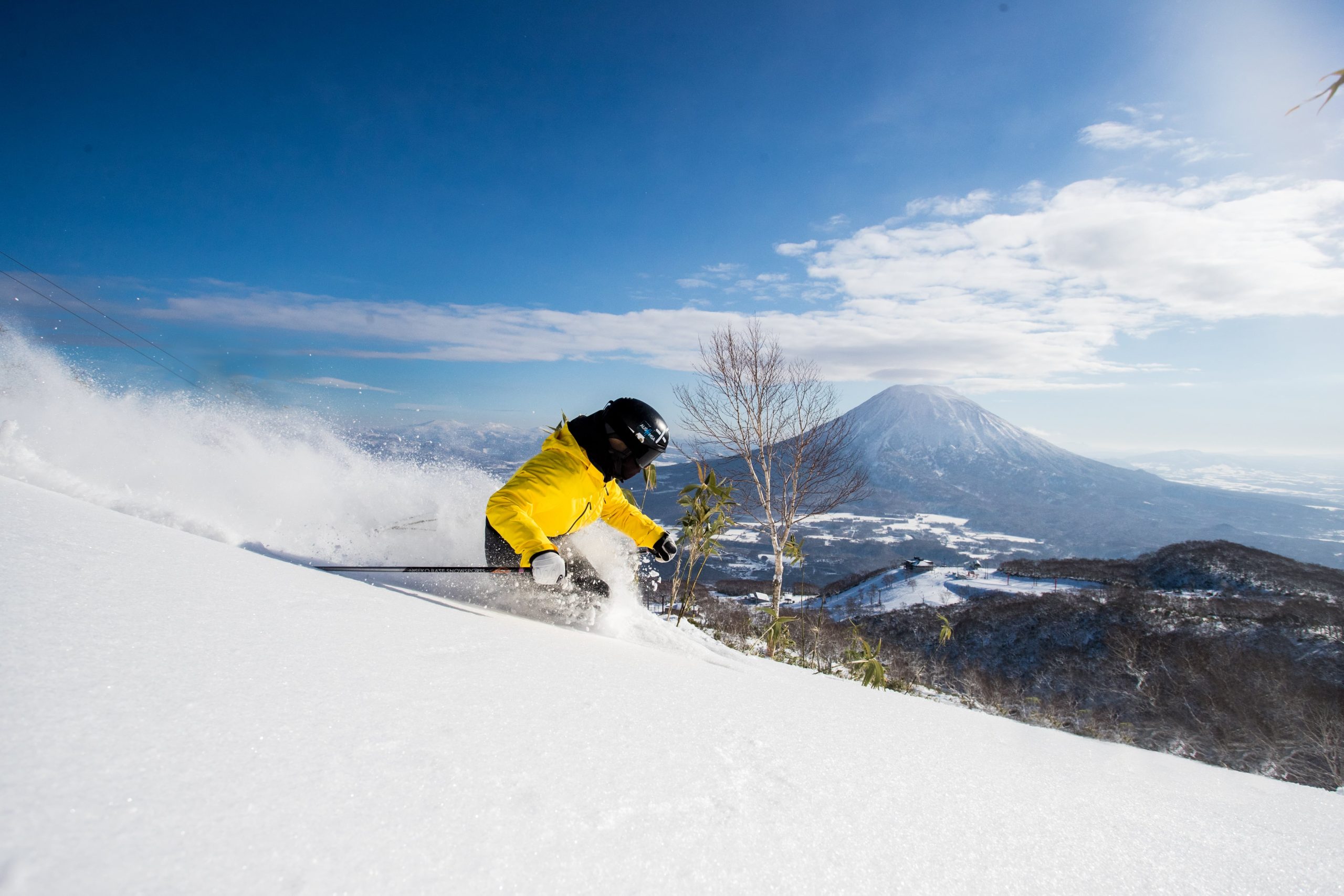
‘JAPOW’ – who has not heard of the famous Japanese powder? If you have been lucky enough to ski in Japan, you are probably smiling just thinking about it. And if you haven’t, you are probably hoping to one day go for some unparalleled powder turns.
Niseko has an average snowfall of 590 in (15m) and Kiroro a staggering 826 in (21m). Yes, you read that right: average. In a bumper season it can of course be much more.
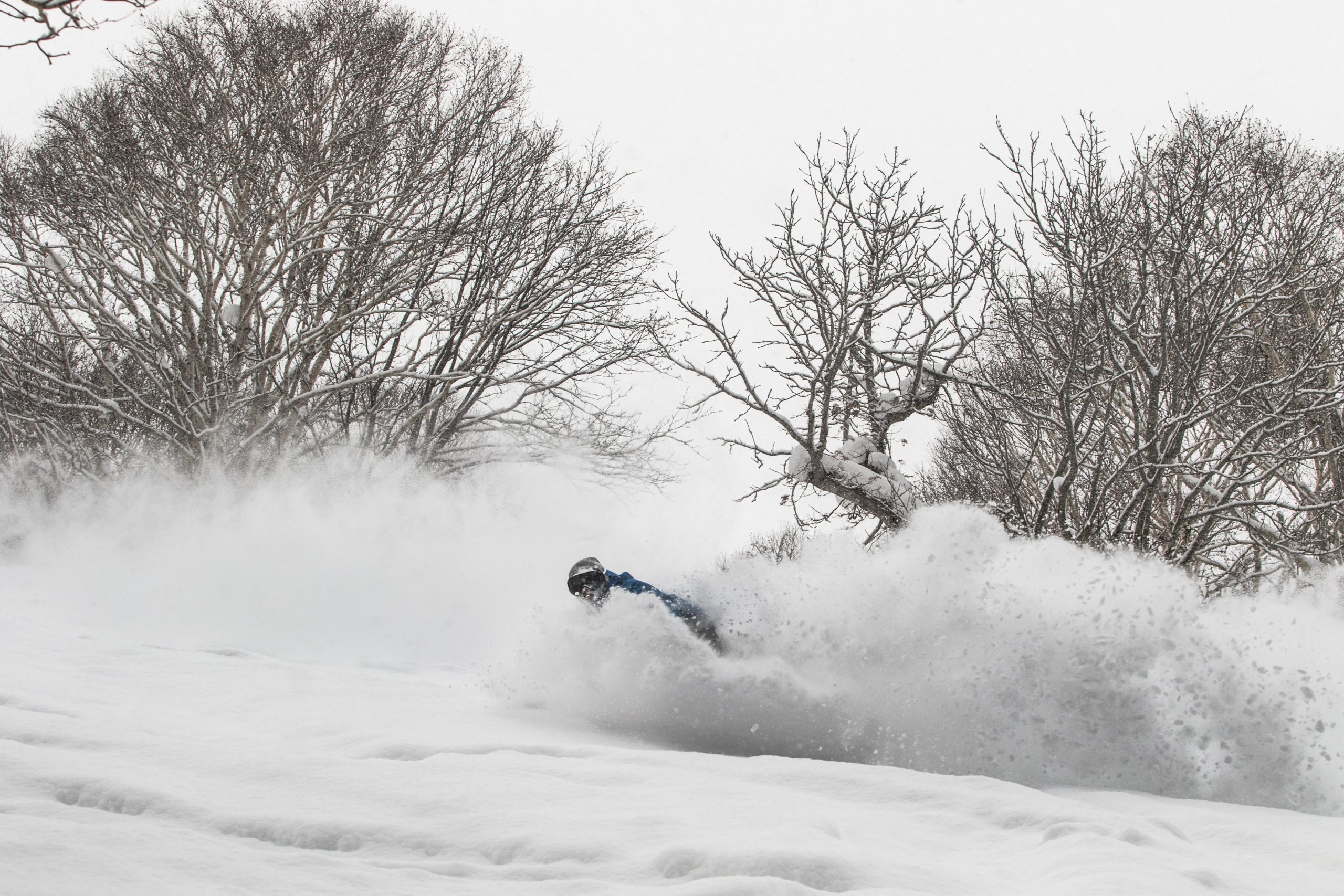
These snow masses are due to the arctic winds from Siberia bringing not only massive cold fronts across the sea but also accumulating moisture on their way to northern Japan. Once they hit Japan these cold fronts encounter the Japanese Alps and unload before traveling further south.
You may ask yourself: surely they must have really bad avalanches in Japan then. But the answer is no; Japan has far fewer deadly avalanches than Europe or Northern America. I spoke to Peter Murphy, CEO of SkiJapan.com, about this fact and here are the five reasons he gave me:
- Constant Temperatures: Japan experiences fairly constant temperatures over winter with a much smaller deviation pattern than Europe or North America. Variations in temperature create different snow layers with different moisture contents. These differences in moisture content create what is known as faceted snow which is more prone to instabilities.
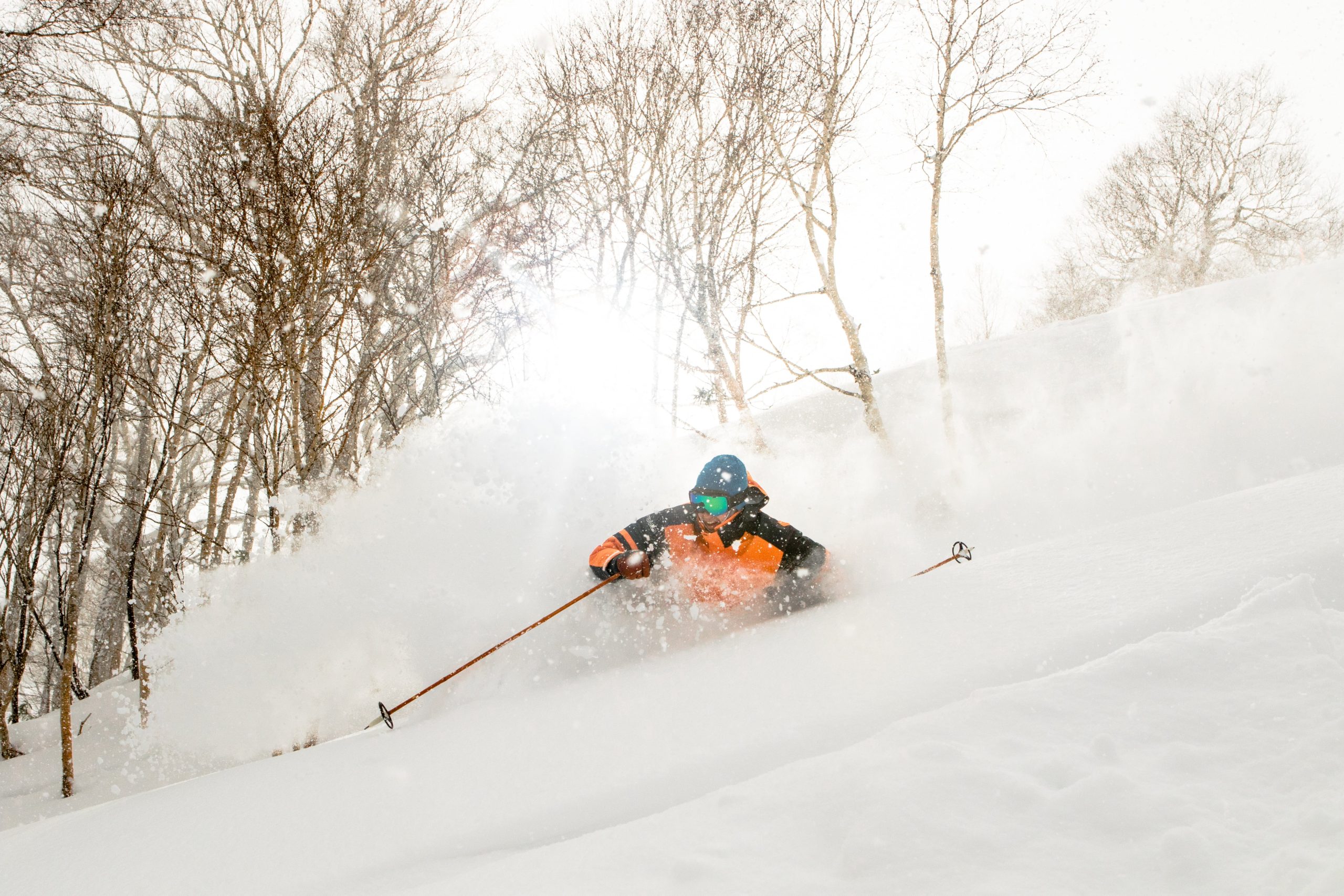
A skier in Niseko, picture: SkiJapan.com - Constant Snowfall: The snowfalls in Japan are fairly constant. Niseko experiences an average of 6 snow days a week. Snowfalls elsewhere are much rarer but typically grander. Switzerland can have record snowfalls in 24h of 3-4 feet whereas record snowfalls in Japan are 20-30 inches. These large infrequent layers of snow landing on older snow that has settled days, if not weeks ago means, that the layers do not bond properly, making them more prone to sliding off. The constant snowfall means that snow layers in Japan are more bonded and less likely to break off.
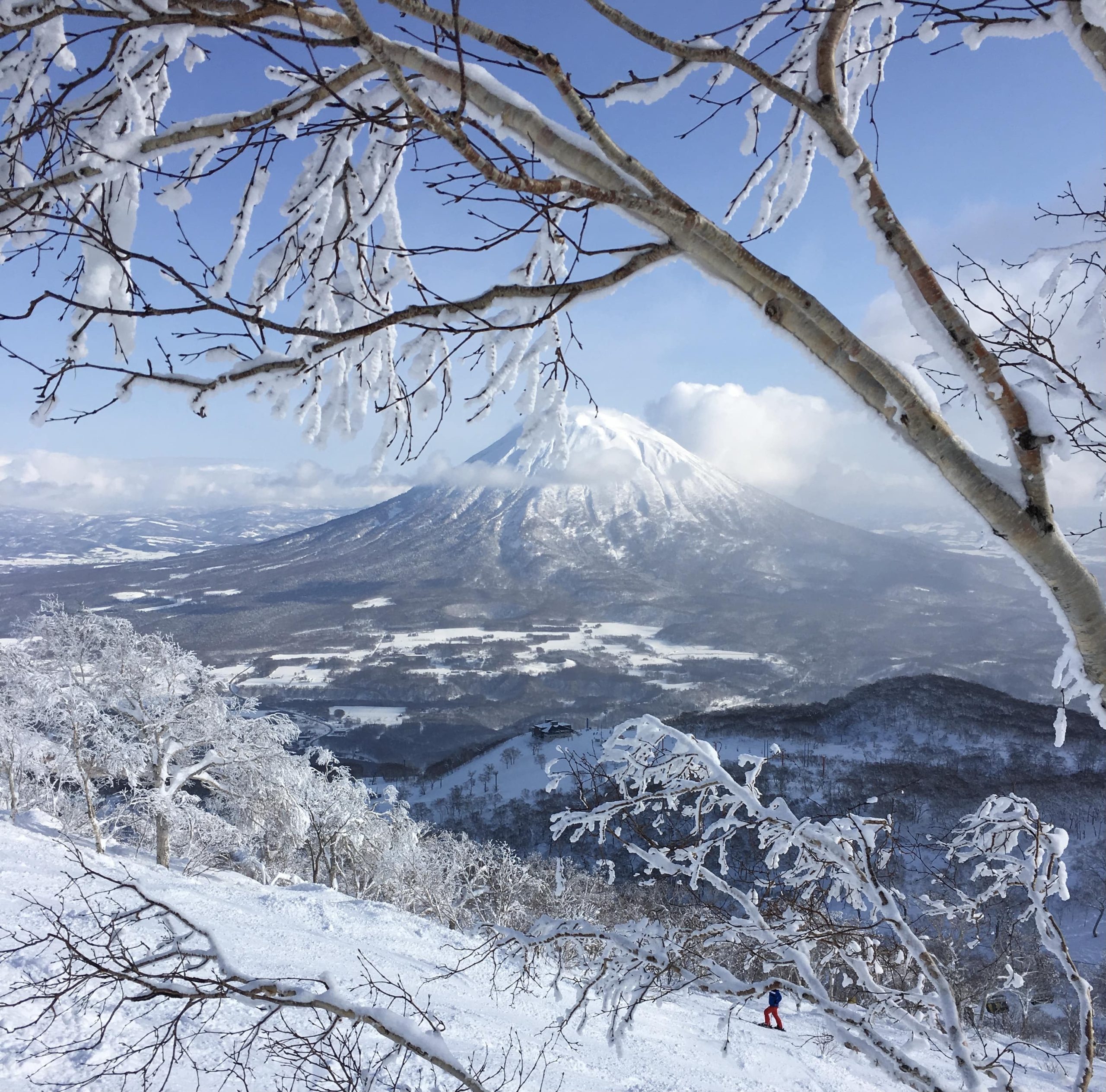
Mt Yotei, Niseko, Japan, picture: Julia Schneemann - Avalanche gradient: Most avalanches occur in territories with a gradient of 30° to 45° with a peak risk of 38.7°. Most of Japan’s mountains have a lower gradient. Niseko has an average gradient of 24°-30°. There are steeper runs, e.g. the ascent into the volcano Mt Yotei has a gradient of 50°, but the average runs are not as steep as, for example, Colorado or Switzerland, which both have the most avalanches in the world.

Angles at which most avalanches occur. Image: Beaconreviews.com - System of Backcountry Gates: Japan introduced a system of backcountry gates in 1999, providing safe access to ungroomed, off-piste areas. These gates are managed by the resort and are opened and closed by the resort ski patrol. The resorts operate these rather conservatively and will not open them if there is the slightest increase in avalanche danger.

Backcountry in Niseko, Japan, picture: SkiJapan.com - Compliant population: In the Japanese culture, adherence to rules and respectfulness are second nature. If the sign says that a backcountry gate is closed, then the Japanese will not consider venturing past the backcountry gates. It is forbidden and therefore not done. “Japanese are much more compliant than Westerners”, Peter Murphy of SkiJapan.com explained, “They will not go against the rules. They will not duck under the rope if the backcountry gate is closed. Japanese are much more respectful like that.”

Backcountry boarders in Niseko, picture: SkiJapan.com
